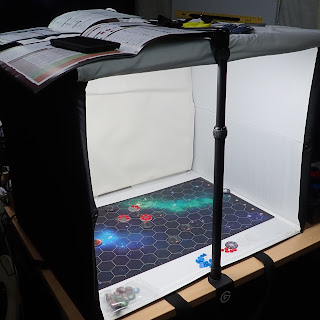Tilt and Shift Lenses in Video
Are these tilt and shift lenses worth it for video? They are great in stills photography, but can they find a use in video. They are best suited when the camera stays still and the subject moves in the frame. They offer some unique creative opportunities. Here's how they can be applied:
Selective Focus: Like in photography, you can use the tilt function to create selective focus within a scene. This can guide the viewer to a particular part of the frame or make a dream-like or surreal effect.
Perspective Control: If you're shooting a scene with buildings or other tall structures, the shift function can be used to correct perspective distortion. This is particularly useful in architectural and real estate videography.
Miniature Effect: The miniature effect that can be created with a tilt-shift lens can also be applied in the video, creating a whimsical look as though you're viewing a miniature model world.
Creative Transitions: By gradually adjusting the tilt and shift during a shot, you can create unique transitions and effects within a scene, adding a new layer of visual interest.
Depth Control: In scenes where you want to emphasize or de-emphasize certain planes, you can use the tilt function to dynamically control the depth of field.
Customized Panoramas: Sometimes, you might use the shift function in the video to create a panoramic sweep without physically moving the camera, providing a distinct visual effect.
Enhanced Storytelling: Through the artistic effects possible with a tilt-shift lens, filmmakers can enhance storytelling by creating visual metaphors or evoking particular emotions.
However, it's worth noting that using a tilt-shift lens for video requires careful planning and precision, as the effects can be quite pronounced and may become distracting if overused. It also demands a thorough understanding of the lens's capabilities and might require manual focusing and adjustments during the shot, which can be challenging.
Some filmmakers use tilt-shift lenses sparingly to create particular effects or emphasize specific moments. In contrast, others may use them more extensively to define a unique visual style for a film or video project.



Comments
Post a Comment